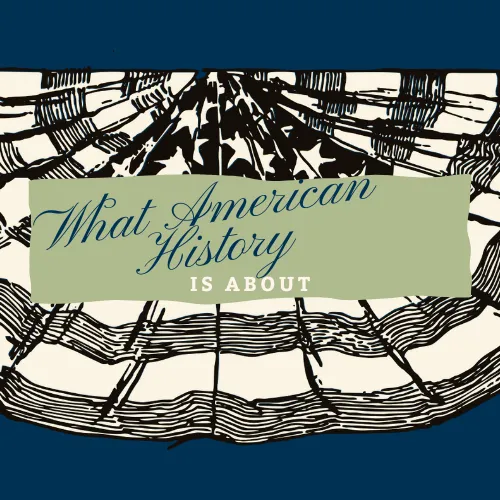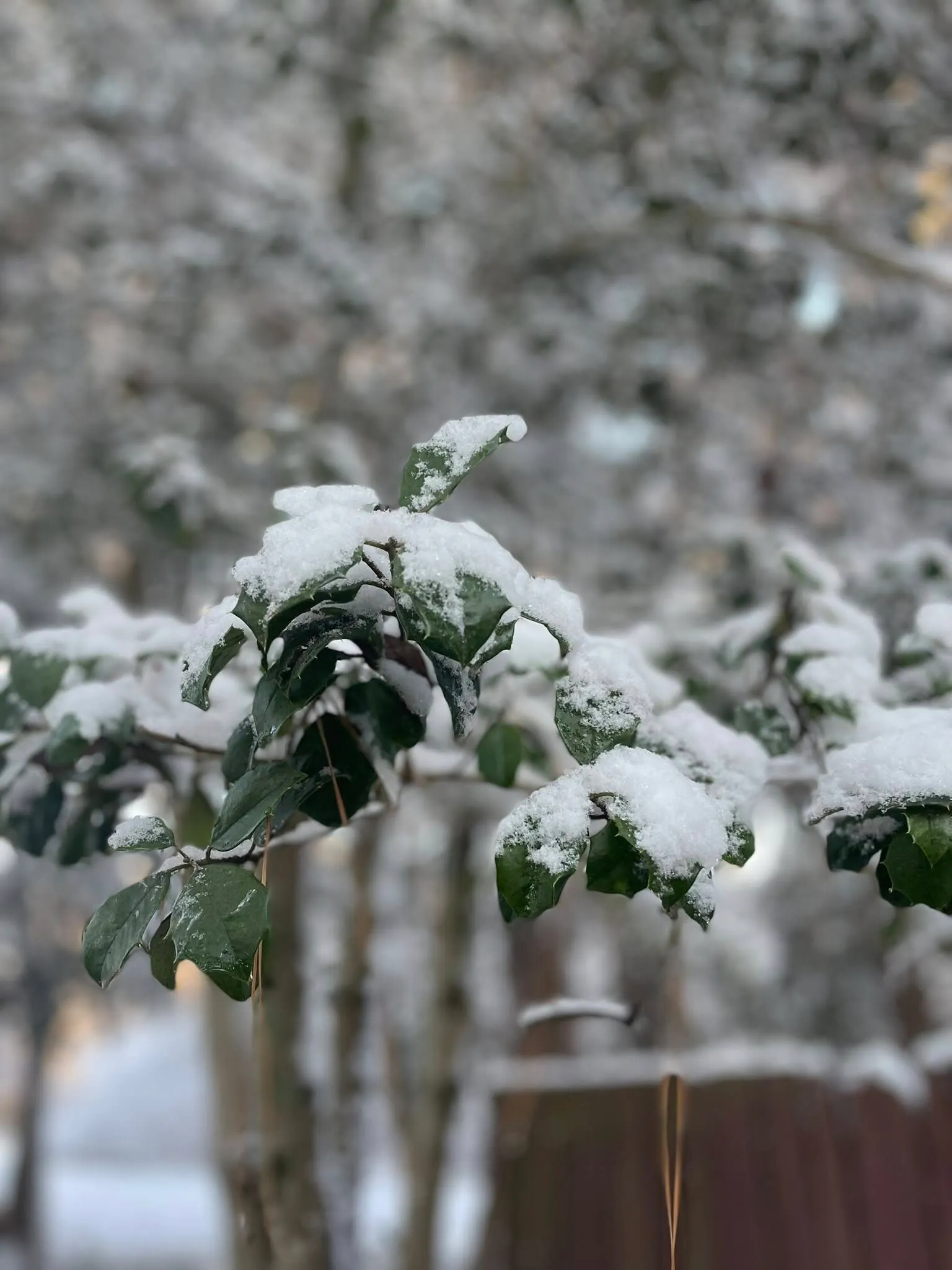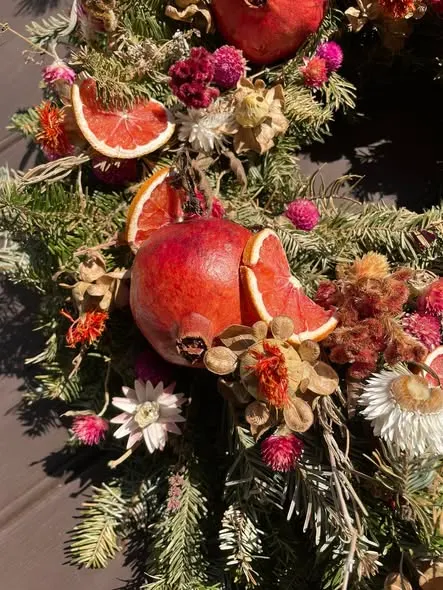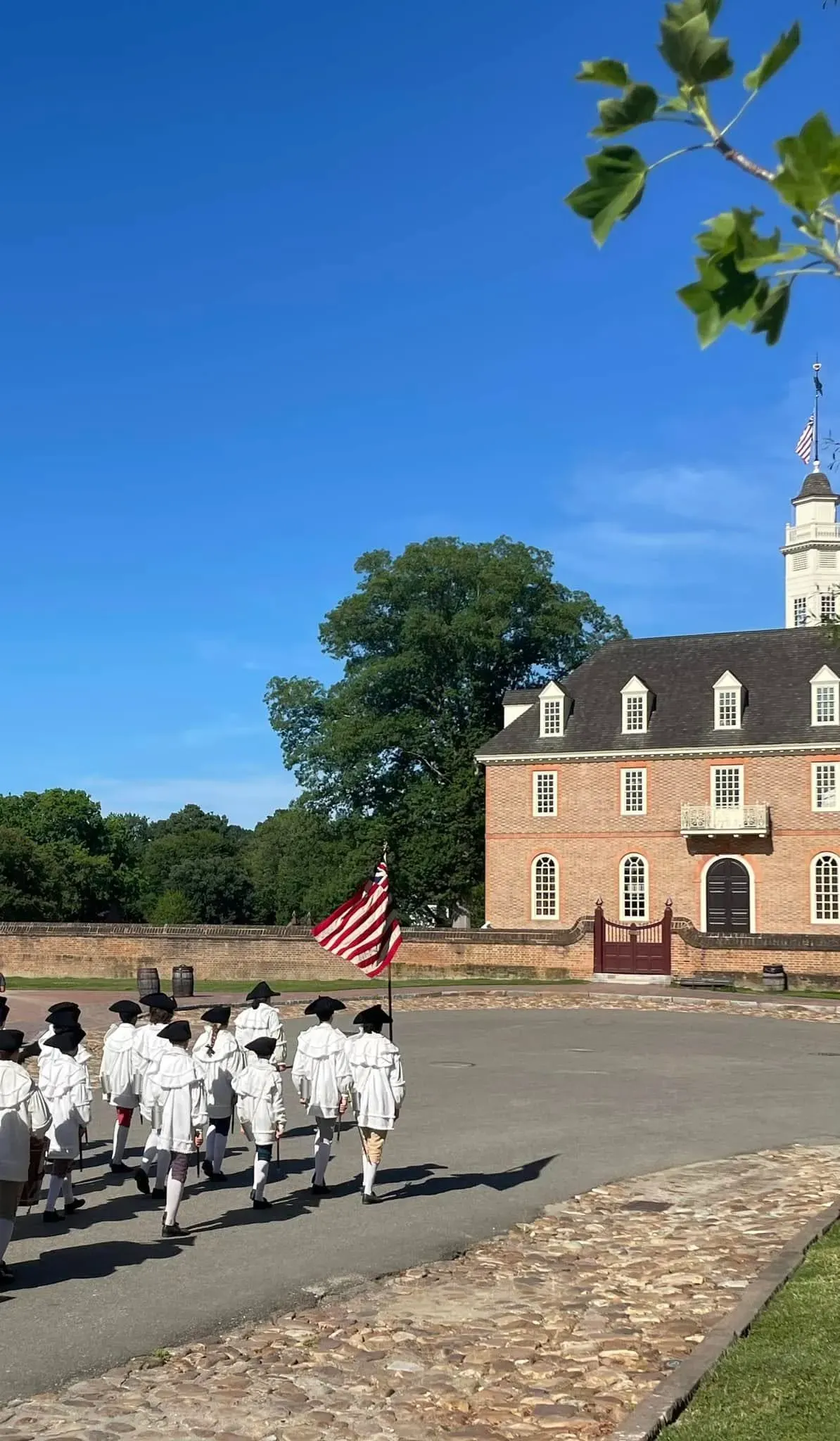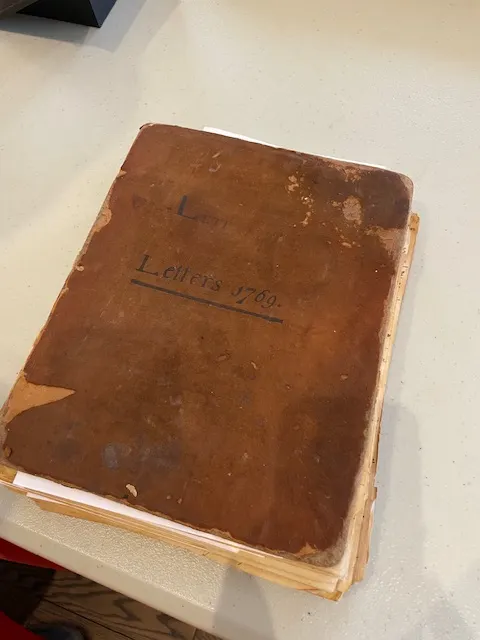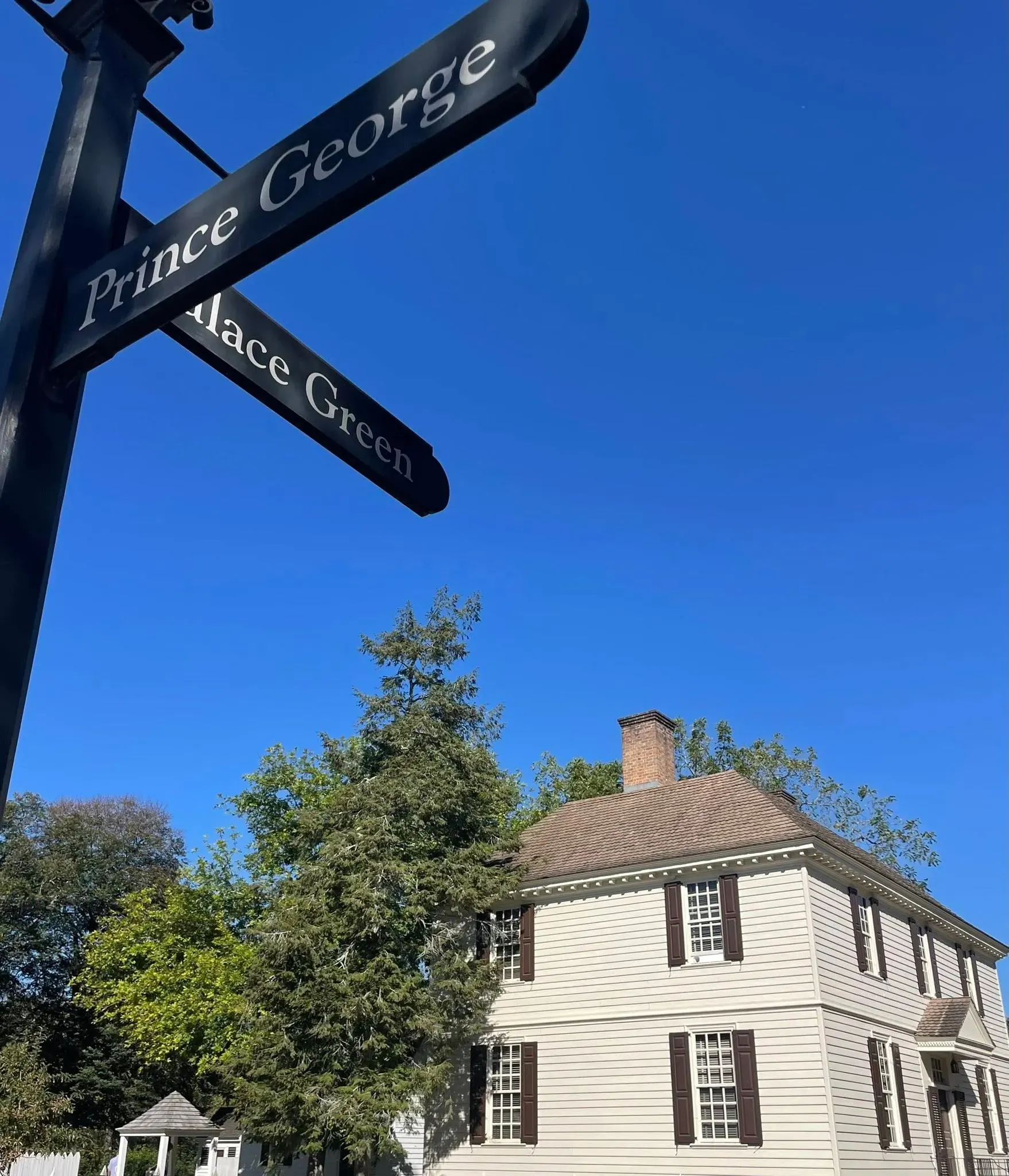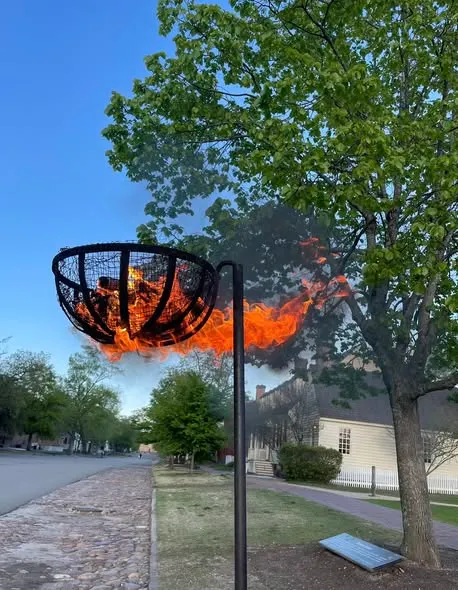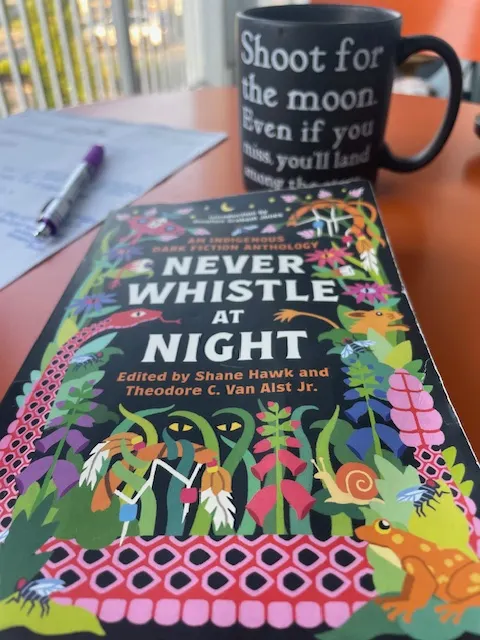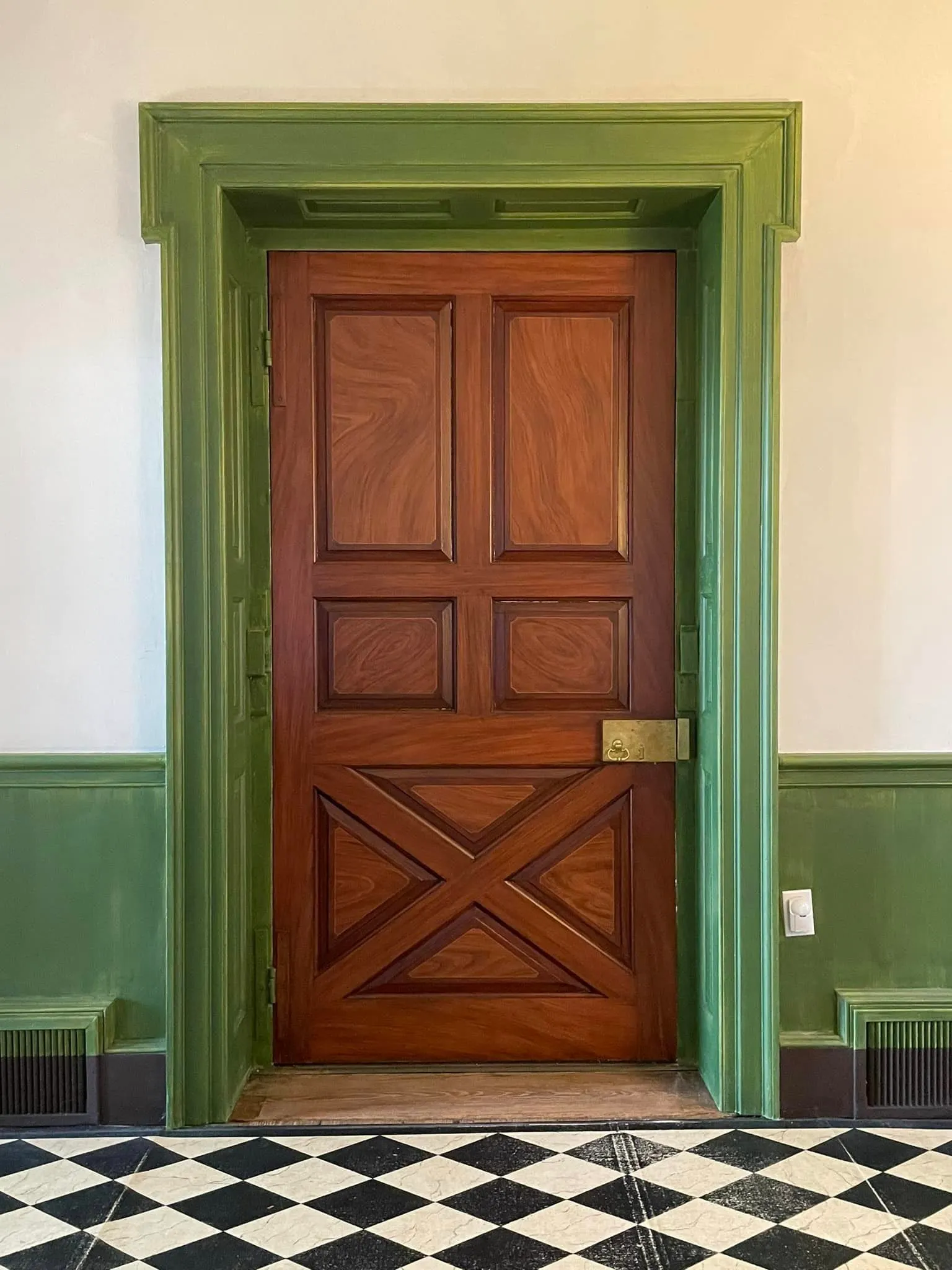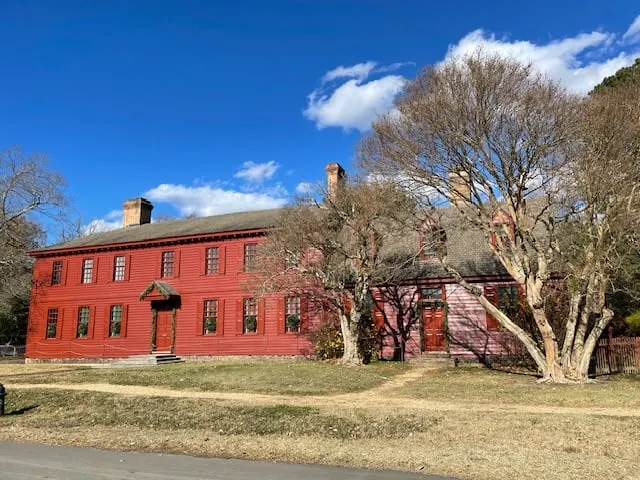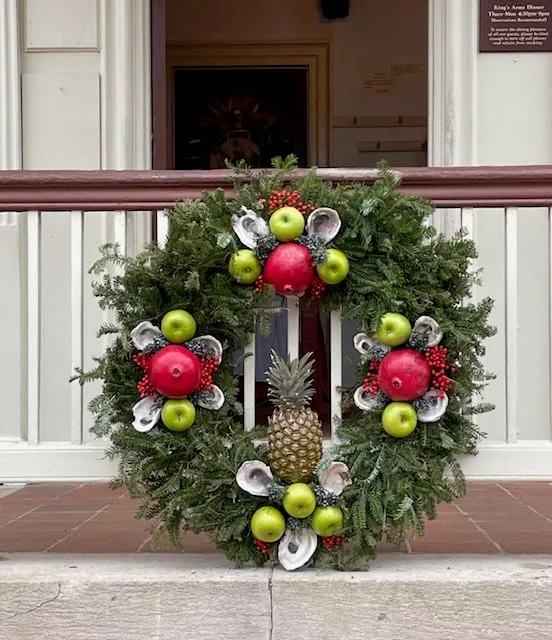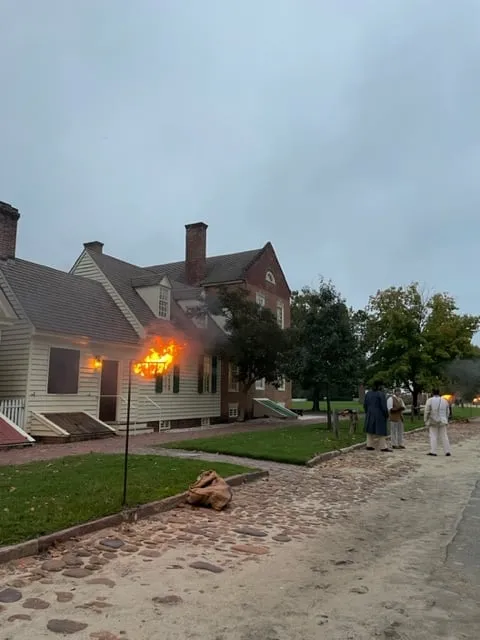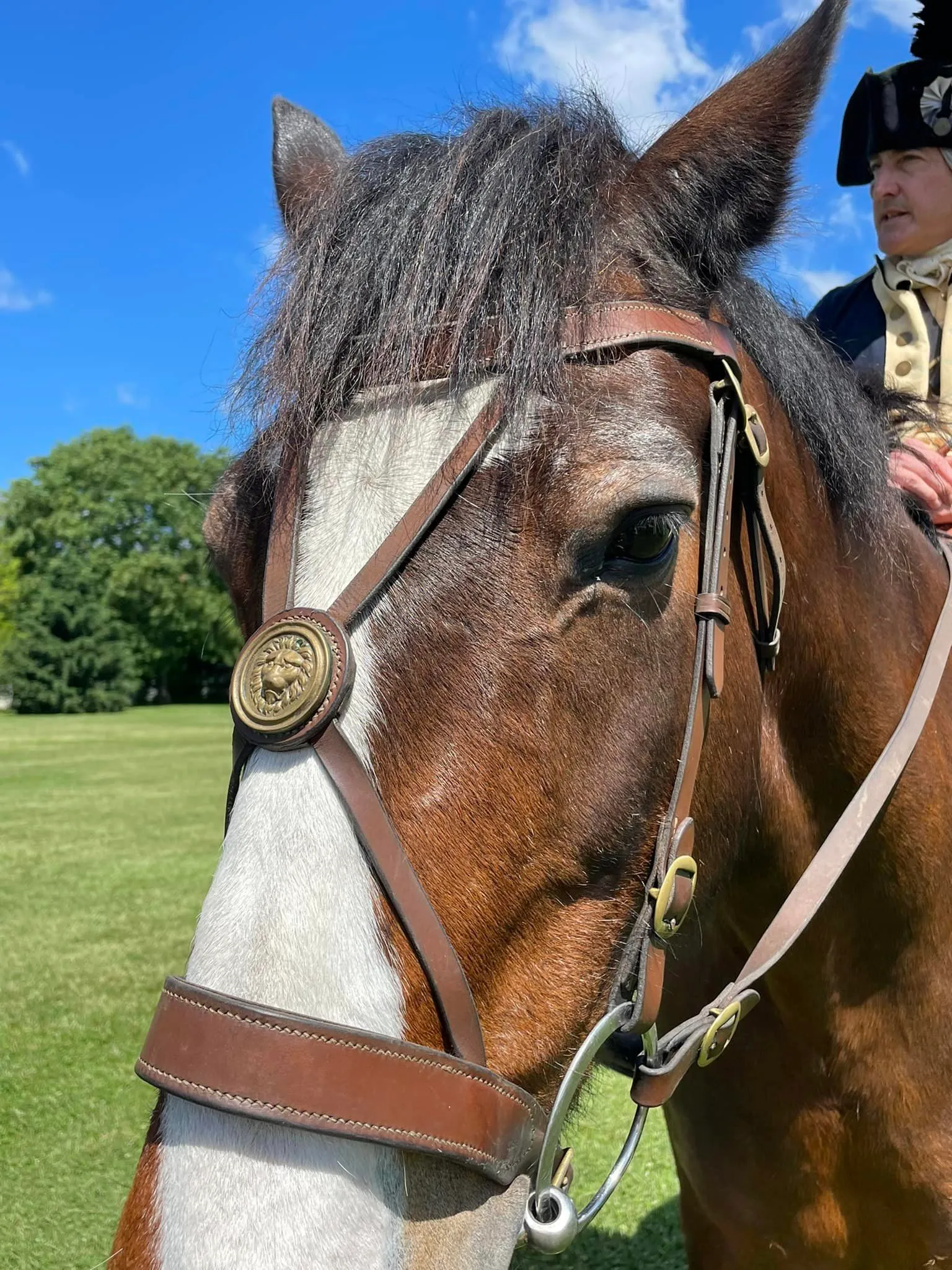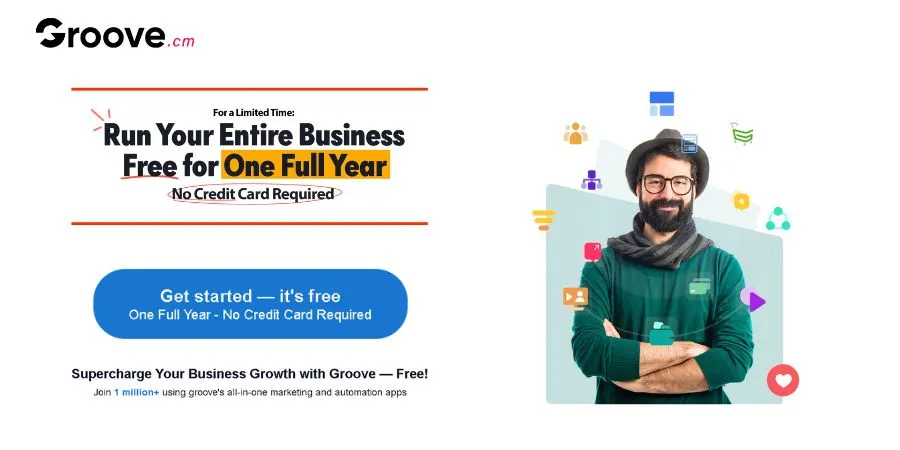Visiting the Richard M. Bowman Center for Local History on an Impromptu Trip to Charles City
I felt like driving so I checked a site off my personal 'go-to' list.
I had plans for my Monday- I was going to 1) read and 2) hit the library to research some buildings. But I changed my mind after a couple hours in front of my laptop. Instead, I felt like driving on one of my favorite roads, Route 5. So I checked my go-to list and decided on the Richard M. Bowman Center for Local History (Bowman Center) in Charles City.
Why? After my visit to both the New Kent Historical Society and the Palm Desert Historical Society I want to visit as many as possible.
- the locals are the best guides to an area's history
- seeing documents and photos in person bring the history to life
- you never know what you'll find- and it may be something you wouldn't have noticed or found with an online search
I'm certain that without the guidance of the New Kent volunteers, I never would've experienced a visit to Leticia Tyler's gravesite or wandered the grounds of Martha Dandridge Custis Washington's girlhood church.
Now I'm addicted. And Nancy Phaup, PhD and coordinator at the Bowman Center did not disappoint. I couldn't have asked for a better introduction to the resources and am excited to give you a kickstart not only to Charles City, home to Presidents William Henry Harrison and John Tyler, but to other such centers you may visit!
Click here to check out the Bowman Center online.
Necessary disclaimer: As a blogger, I use affiliate links sometimes! I may receive commission from purchases I share; it does not change your price but sometimes you might get a discount.
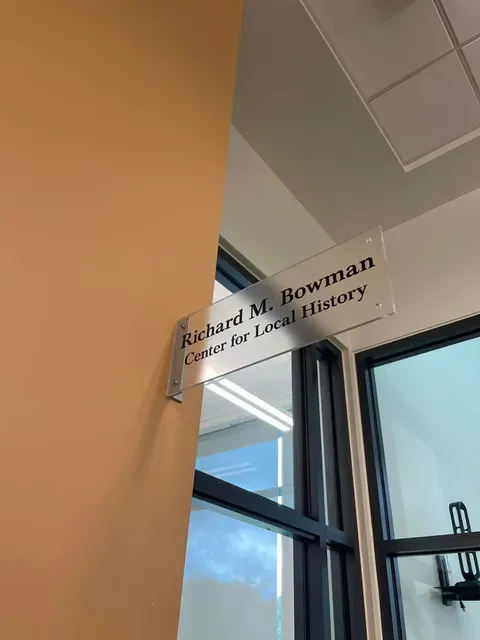
Entrance to Bowman Center inside the Charles City Public Library
Resources available at the Bowman Center.
Dr. Phaup was gracious with her time. As you visit historical societies and specialty libraries, you're likely to find people who love sharing their passion for history with people like us who are there to dig deeper and learn more.
In the time I spent at the Bowman Center, I got a tour of the space and saw examples of resources I can use in the future; including primary sources. Learning where to find these resources, as well as discussing how they can be utilized, was pure gold.
I'm a blogger and love lists. It's a great way to see things easily so in the spirit of easily learning a bit of history: a list.
Microfilm and microfiche.
Ok, I haven't used microfiche since a visit to the library when I was a senior at Michigan State in 1992. And now they have microfilm and a cool new machine I'll be trying on a future visit to the Bowman Center.
At this location, there are drawers of family collections providing a treasure trove for anyone doing genealogical research for this area. Also in these drawers... entries about buildings and even church records. Pre-revolution, with the Church tied to government, these can prove comprehensive for research about the people who lived in a given area.
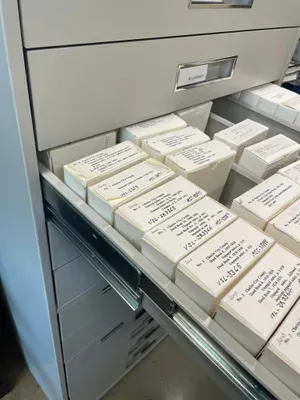
Microfilm drawer at Bowman Center.
Rare books and books containing transcriptions of historical documents.
Some are rare and some you can find on Amazon, I admit! There are many out there but I'm dropping a few examples that caught my attention.
Three I will go back to examine more closely:
1) Charles City County Virginia Court Orders 1661-1696 (Volume #2). After paging through this one, I recorded the details so I can go back. Not only can you learn about the laws of the 17th century Virginia at the time, but about the people and culture.
The records of Charles City are vital to understanding this period, especially since 17th century records of many counties were destroyed during fires, including those resulting during the Civil War.
Technically, colonists living in 17th century Virginia were English subjects. We did have a House of Burgesses in Jamestown at this time and I wonder how differently it acted from government and courts in the other colonies. More to dig deeper into.
Side note: you can get this one on Amazon- it was in the stacks, not the rare books section of special collections. So if you're interested, click here!
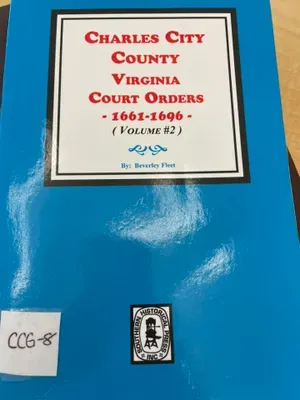
Court records of 17th century Virginia.
2) Virginia Historical Portraiture: a late 1920s compilation of portraits of Virginia natives and residents. This one is a rare book stored in the special collections room, which is climate-controlled. It contains a side-by-side of a portrait and the history of the person in the portrait.
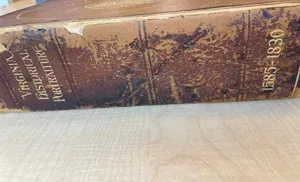
Virginia Historical Portraiture, rare book
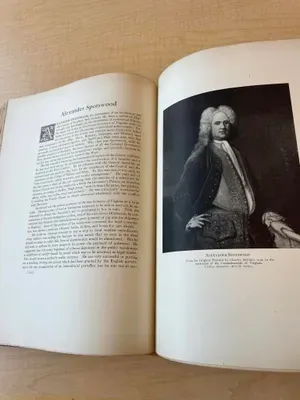
Royal Governor Alexander Spotswood
3) Secret History Of The Tyler Dynasty, With The Mysteries of Washington City, Connected With That Vile Administration, In A Series Of Letters To The Ex-Acting President, By One Most Familiar With The Subject.
OMG- yes, that's the title. Dr. Phaup said this was one of her favorites and I see why. And YES I will be going back to read this, also held in the climate-controlled room and only viewable at the Bowman Center.
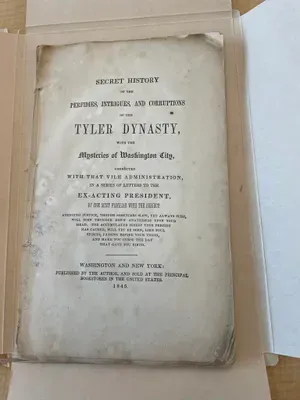
Tyler Dynasty book.
Special collections: court documents.
On this visit, we looked at marriage bonds, consent letters of parents, and marriage licenses. Seeing these bring up so many questions!
I've already started going down a bit of a rabbit hole on the topic after hearing Katharine Pittman as Martha Washington discuss her two marriages, consent, and dower rights.
The social practices and legal aspects of marriage in early America is intriguing.
Before the mid-19th century there were "marriage bonds" which seem to have been replaced by actual licenses (forms filled out by the clerk). Examples of both are below.
More to come on this blog on this topic and related topics!

Marriage bond and consent letter.
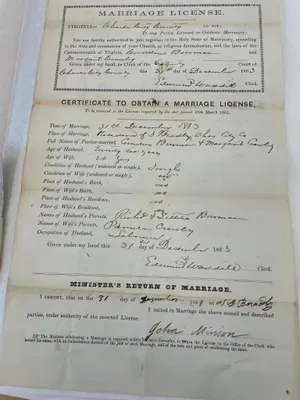
1863 marriage license.
Special collections: school documents.
Also housed in the climate-controlled special collections room at the Bowman Center are school records. Recently, two buildings from the early 20th century were added to the National Register. These were Rosenwald Schools, which have ties to Booker T. Washington.
Being able to see the actual "term reports" filled out by teachers over a century ago was fascinating. Not only to see the paper they wrote on, the handwriting (yes, real cursive), but the details including the names and ages of students, the number of rooms and furnishings in the building and the "condition" of the floors gives you a sense of history you cannot get by Googling this stuff.
Learn more about Rosenwald Schools here on the Smithsonian's official website.
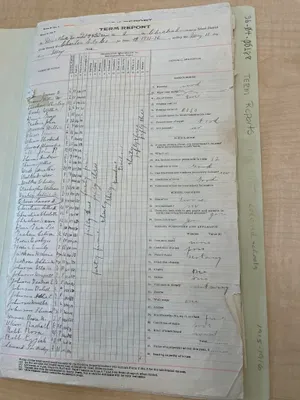
School term report, Bowman Center.
Old newsletters.
In a big white binder were old newsletters of the Charles City Historical Society. Pages and pages of "findings," updates, and stories.
RELATED POST: Click here to get a quick overview of primary sources.
Where can you (or have you) found this stuff for your hometown? For your current city, county, or state? What documents have you found that blew you away? (please share in the comments or subscribe and connect with me by email!)
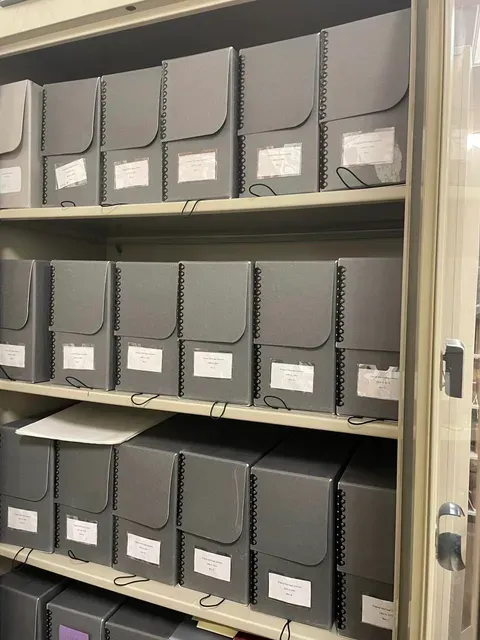
Files inside special collections at Bowman Center.
Visit historical societies and specialty libraries if you love history.
Yes, many resources can be found online but... seeing the actual document, or paging through a book, has value. So does being in a place with someone you can walk up to and get guidance from.
Go visit an historical society or specialty library without specific research in mind.
Reasons:
- know what's available
- get a sense of the space
- discover historical people, places, art, objects, and documents you had no idea exist
- meet the people who can help you learn more about the history you're interested in
- see books, including rare books, along with primary source documents and other special collections firsthand
Tips for success:
- check the hours in advance but also: check social media and/or call to ensure it's open (I'm speaking from experience)
- set at least an hour aside in your schedule
- bring a notebook along with both a pen and pencil- some places may not allow ink in certain areas of the space
- ask questions about resources, how to learn about new acquisitions, and of course- rules about photography, even for personal use
- ask my favorite question: "What do you have here that I can't find online?"
RELATED POST: Click here to read about seeing letters from Thomas Jefferson and the Marquis de Lafayette firsthand.
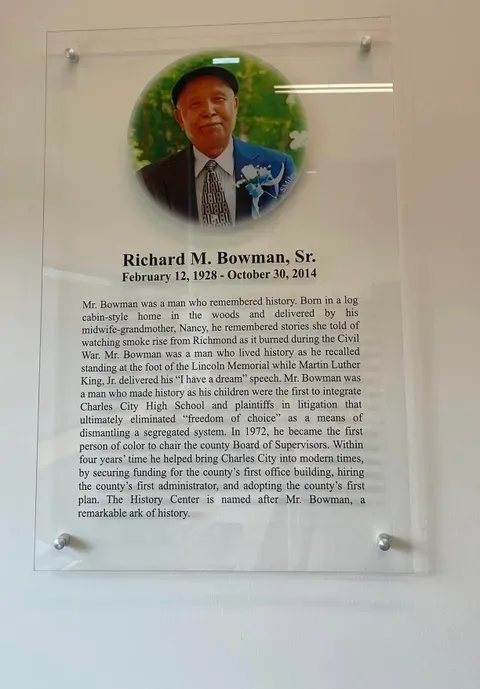
Plaque for Mr. Bowman, whom the center is named for.
Closing words from history
George Washington contacting the London firm who had been handling the Custis affairs, upon his marriage to the widow Custis. To read the letter in full, along with citations and notes about Robert Cary & Co., click here.
From George Washington to Robert Cary & Co., 1 May 1759
To Robert Cary & Company
Williamsburg May 1. 1759.
Gentn
The Inclosd is the Ministers Certificate of my Marriage with Mrs Martha Custis—properly as I am told—Authenticated,1 you will therefore for the future please to address all your Letters which relate to the Affairs of the late Danl Parke Custis Esqr. to me. as by Marriage I am entitled to a third part of that Estate, and Invested likewise with the care of the other two thirds by a Decree of our Genl Court which I obtaind in order to Strengthen the Power I before had in consequence of my Wifes Administration.2
Are you enjoying this blog? Use my online tip jar and buy me a coffee:
There is a huge practical disclaimer to the content on this blog, which is my way of sharing my excitement and basically journaling online.
1) I am not a historian nor an expert. I will let you know I’m relaying the information as I understand and interpret it. The employees of Colonial Williamsburg base their presentations, work, and responses on historical documents and mainly primary sources.
2) I will update for accuracy as history is constant learning. If you have a question about accuracy, please ask me! I will get the answer from the best source I can find.
3) Photo credit to me, Daphne Reznik, for all photos in this post, unless otherwise credited! All photos are personal photos taken in public access locations or with specific permission.
